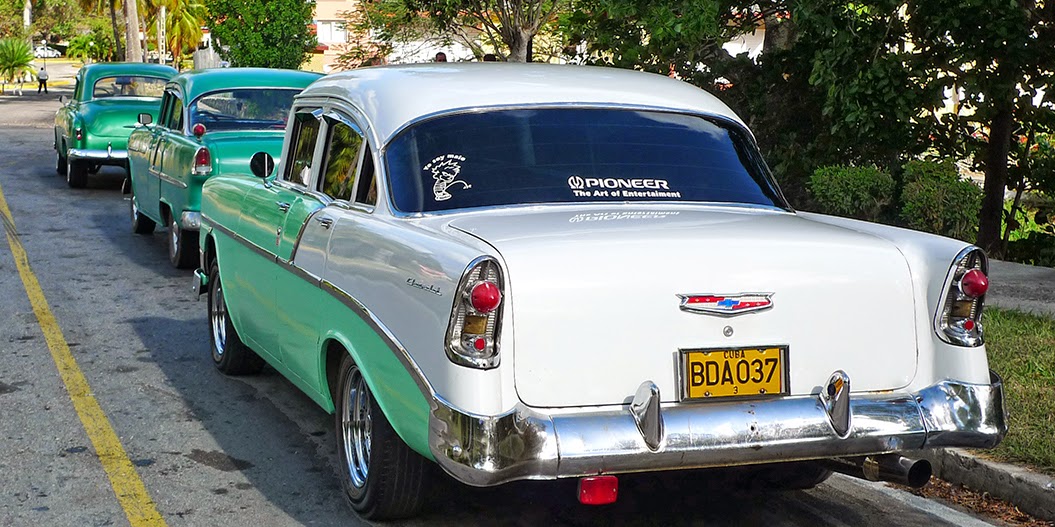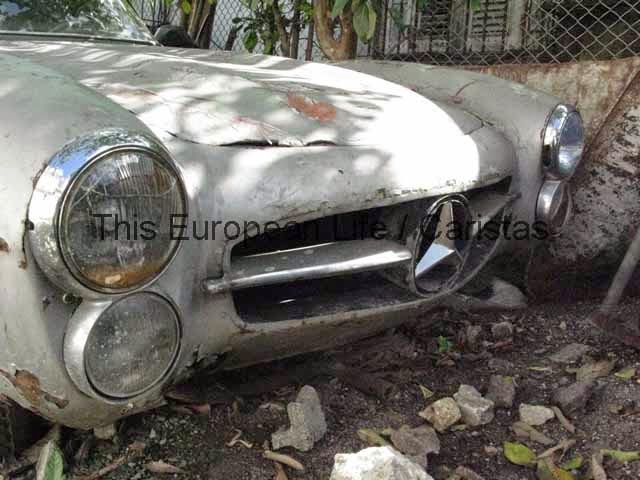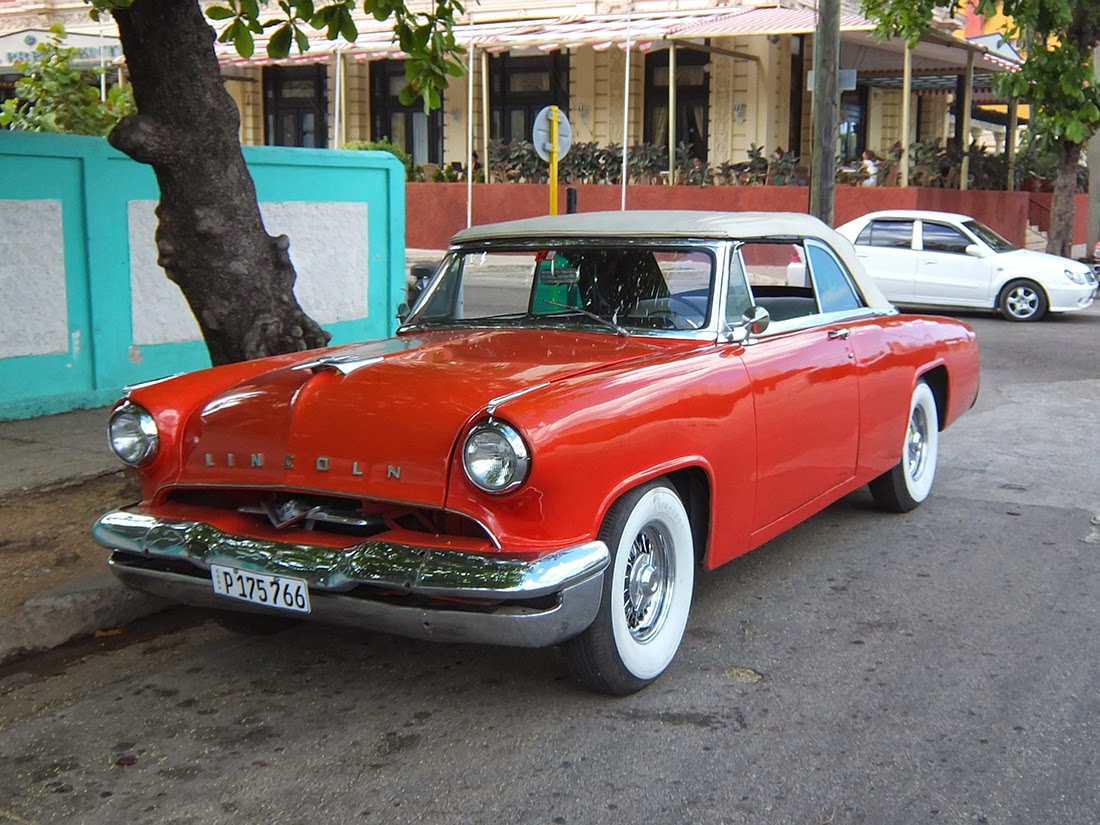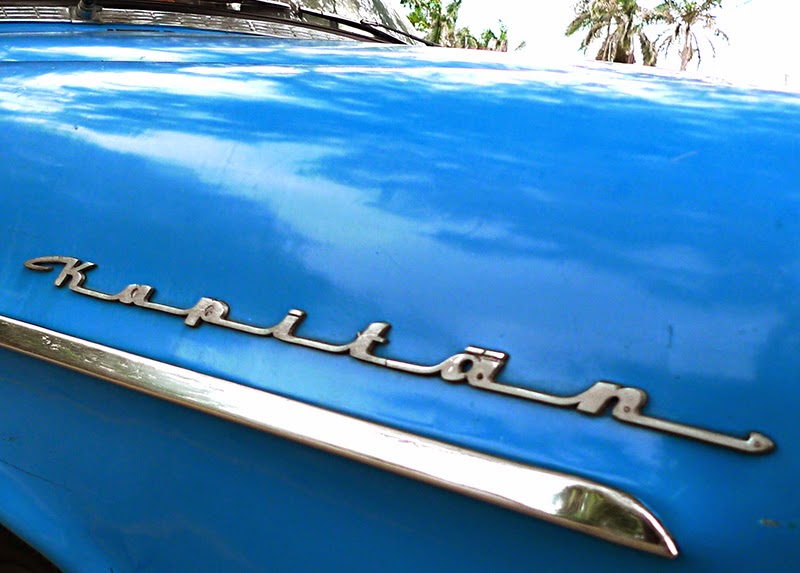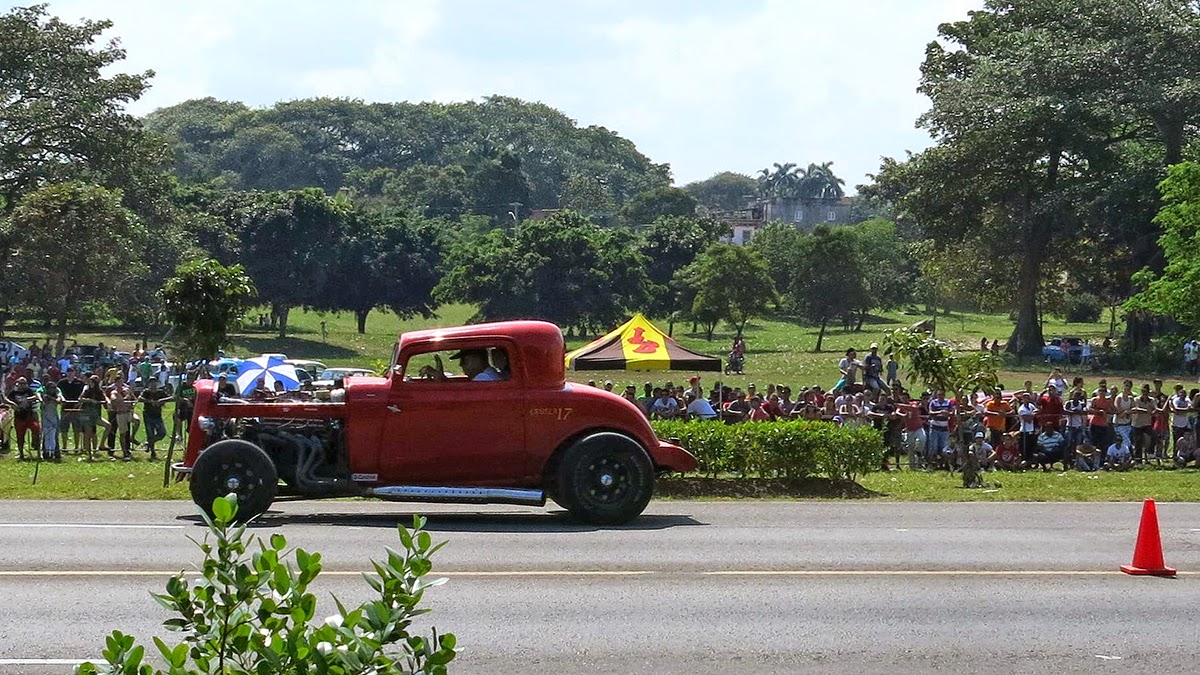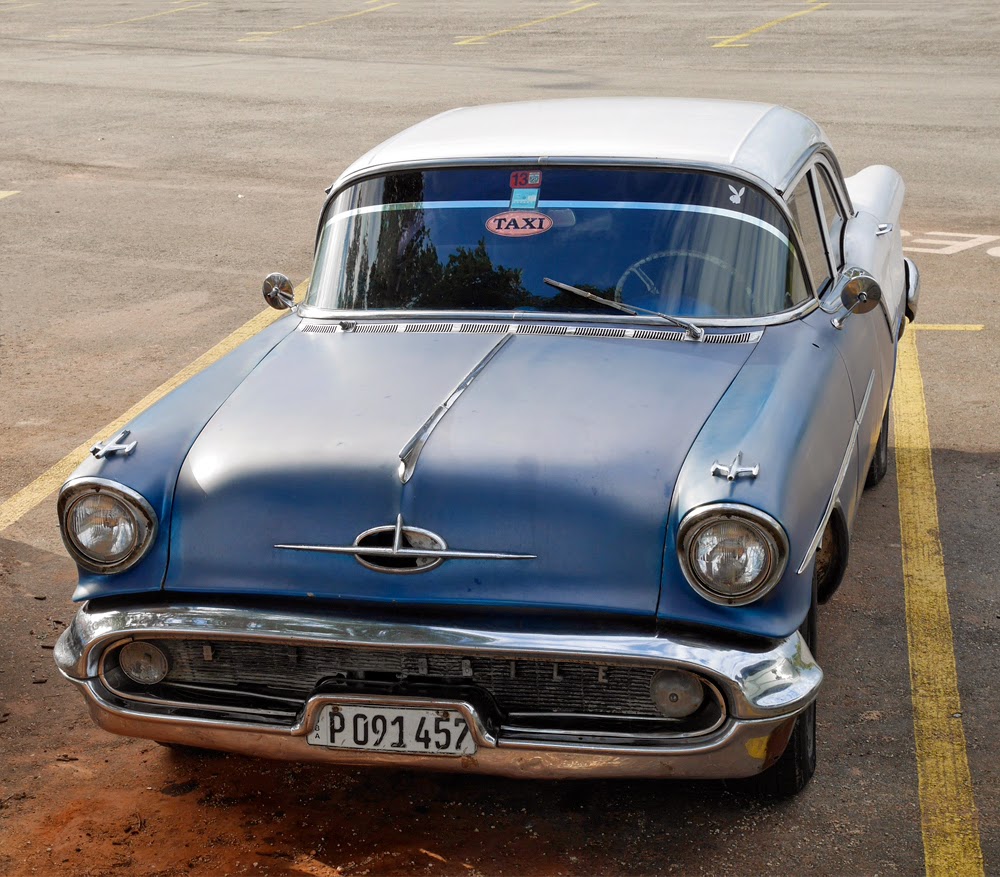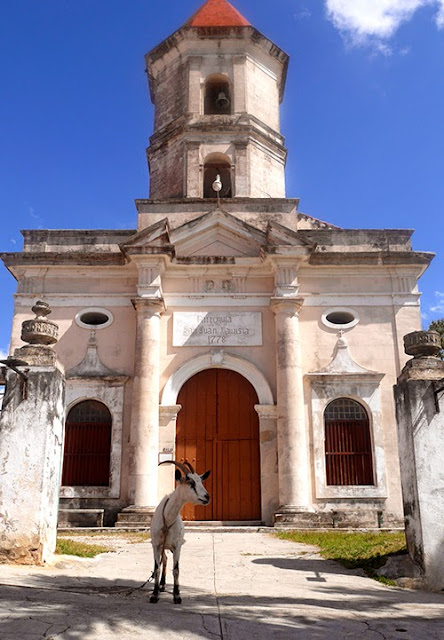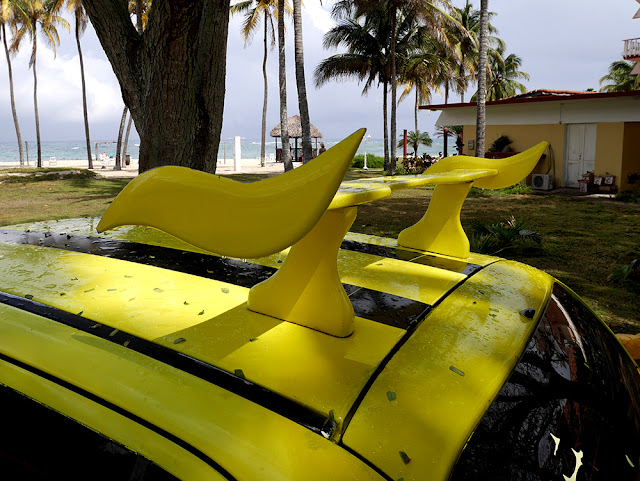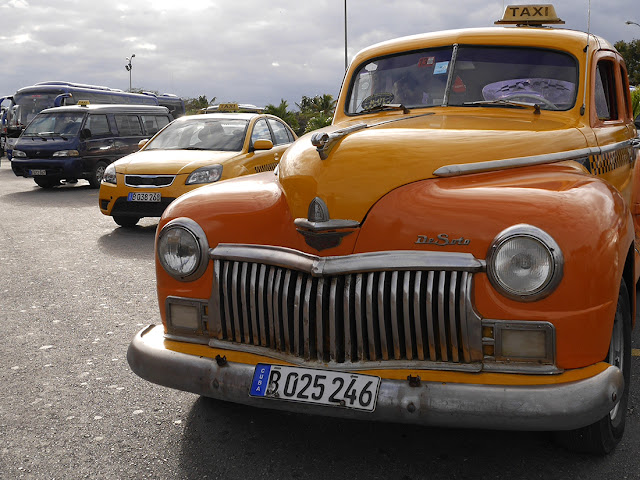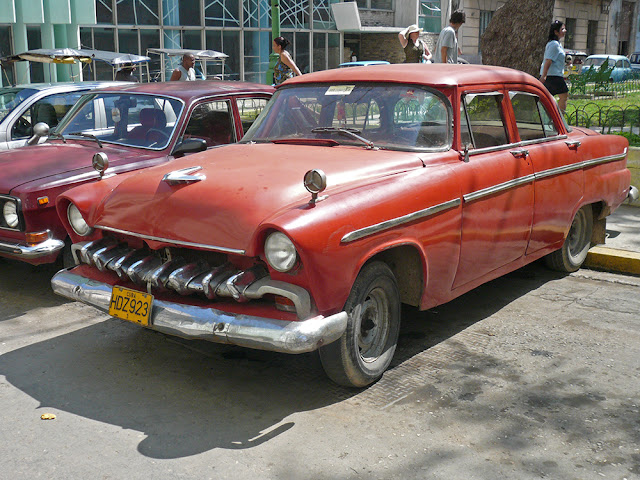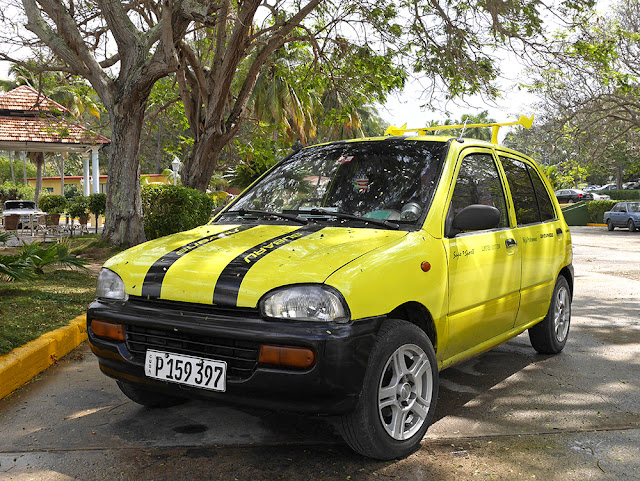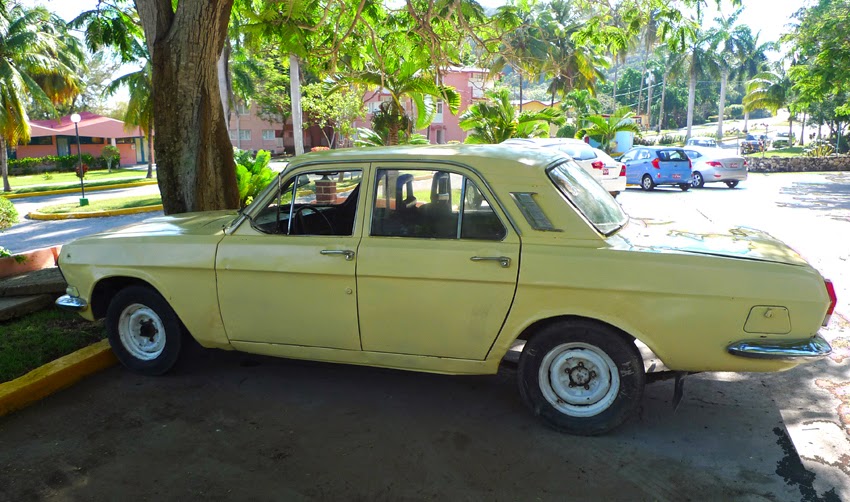 |
| The Volga 24 was introduced in 1970 and became the 2410 in 1985. |
No. 4 on Ramon Rivera and Jay Ramey's list of10 cars to see in Cuba is the GAZ Volga 2410, a Russian-built sedan. What you see here is the 2410's predecessor, the Volga 24. But as a Cuban mechanic might say while transferring a bumper from one to the other, "Close enough!"
The Volga 24 entered full production in 1970, but its mid-1960s lines – with nods, shall we say, to the Chevy II, Plymouth Valiant and Ford Falcon – bear evidence of a long gestation. A fullsize car by most of the world's standards, its mechanical arrangements were typical for the era with front coil springs, unit-body construction and a live rear axle suspended from leaf springs. The engine was a 90-horsepower, 2.5-litre four-cylinder, linked to a four-speed manual transmission. |
| Construction was strong to meet the rigours of police and taxi service. |
The 24 was intended as the Soviet mid-market car, sturdy enough for police and taxi service and with sufficient visual presence to proclaim that the communist party functionary allotted one was a rung up from Lada status.
Robert Kim, in an entertaining discussion at Curbside Classic, suggests the Volga 24 was meant to fill the same multi-purpose roles as the Chevrolet Caprice and other General Motors B-Body models.
It succeeded at this, though it could never approach the refinement of the GM sedans. Kim writes that he has ridden in dozens of Volgas, "and every one was an ordeal featuring the unpleasant roar of a large four banger, gasoline fumes, wind rushing around doors with massive panel gaps, and a jolting ride."
 |
| Four-on-the-floor manual was, for a long time, the only available transmission. |
Perhaps, had I lived in the Soviet Union then instead of Canada, I would have had a Volga. I know what I would have called it.
 |
| The American influence is clear in the Volga 24's handsome, mid-1960s lines. |
